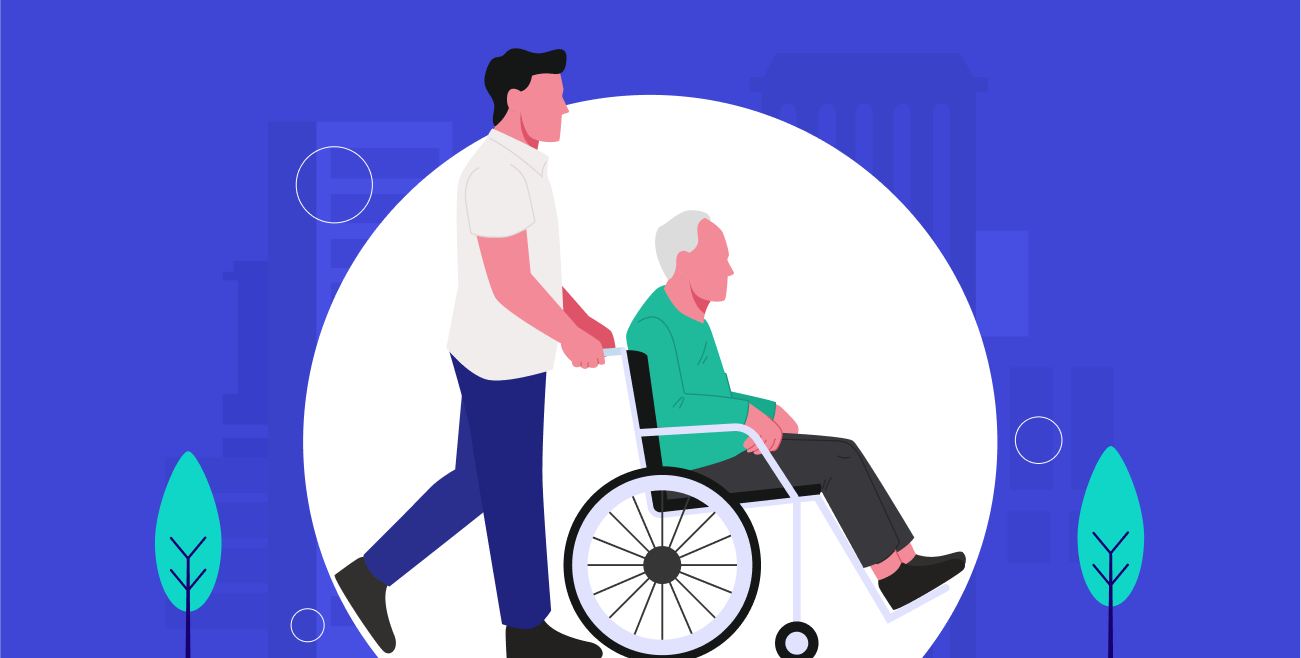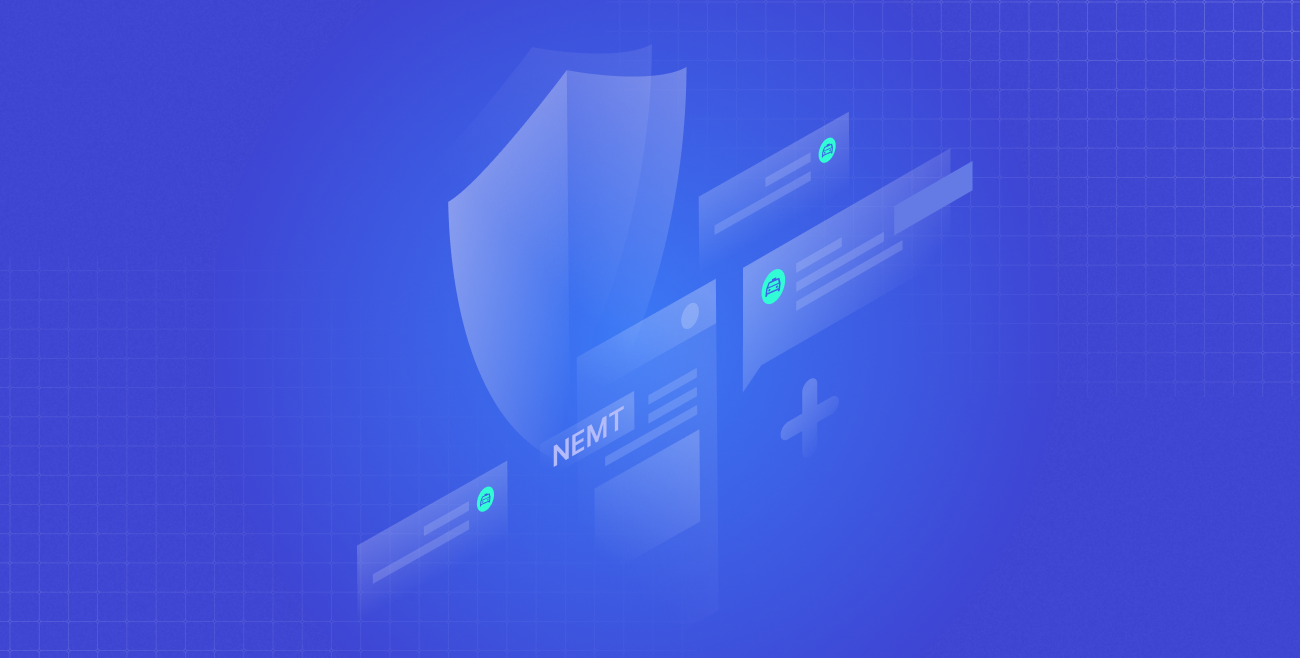
Table of Contents
As our understanding of accessibility and mobility evolves, so must our approaches to ensuring the well-being of those we serve.
This article explores three groundbreaking approaches to wheelchair safety in non-emergency medical transportation (NEMT), promising a safer, more efficient, and more comfortable journey for all.
How New Technologies Boost Wheelchair Safety
Securement is the key to ensuring wheelchair safety in NEMT.
Traditional methods use manual tie-downs, which take time and effort to anchor wheelchairs securely. They also depend on the skill and experience of the NEMT staff, which can vary widely.
But now, securement technology has made an enormous leap forward. Automatic securement systems are the latest innovation. They remove the need for manual labor and guesswork. With just a push of a button, wheelchairs are locked in place, with no adjustments needed.
These new systems have many benefits. They enhance safety by consistently securing wheelchairs and preventing movement or slippage during transport. They also offer time savings, as they operate within seconds, streamlining the boarding process and boosting the overall efficiency of NEMT services.
Their ease of use enables any staff member, regardless of physical strength or technical proficiency, to safely secure wheelchairs.
Subscribe to Our Newsletter
How Drivers and Assistants Benefit from Comprehensive Training in NEMT
NEMT requires drivers and assistants to have comprehensive training that covers more than just the essential operational procedures.
They also need to learn about the specific needs of their passengers, especially those with disabilities who use wheelchairs. This involves following the Americans with Disabilities Act (ADA) guidelines, which ensure accessibility and equal opportunity for all.
Comprehensive training includes various skills and knowledge areas that help drivers and assistants provide safe and respectful service. For example, they must know how to load and unload passengers securely and gently without compromising their safety or dignity. They also need to undergo sensitivity training, which teaches them how to empathize and respect the individuality and preferences of each passenger, making them feel more comfortable and valued.
Such comprehensive training programs positively impact both safety and service quality. Drivers and assistants who receive this training are better at preventing and solving potential problems and creating a safer travel environment.
They are also more capable of meeting the diverse needs of passengers with care and professionalism. This improves the service quality and satisfaction of passengers, who feel respected, understood, and cared for. As a result, they are more likely to trust and use NEMT services for their transportation needs.
It also includes learning how to use new securement technologies, which improve the safety and efficiency of the service. Drivers and assistants trained in these technologies are more proficient in the latest safety protocols, making the service faster and more reliable.
This shows that NEMT providers are committed to delivering not only a service but a safe, respectful, and dignified experience for all passengers.
Do More with Less
Handle more trips with fewer dispatchers on your payroll with Tobi.
Request a DemoHow to Make Passengers Feel Safe and Comfortable
When designing safety protocols, it’s essential to ensure that they prioritize passengers’ comfort and dignity. This means that measures should be practical, non-intrusive, and respectful of each individual’s needs.
Every aspect of the service, such as the entry method of the vehicle and securement process, should be carefully considered to ensure that it doesn’t negatively impact any passenger.
Since passengers’ needs and preferences can vary widely, the ultimate goal is to create a safe and accommodating environment.
The role of passenger feedback in refining safety and comfort measures is invaluable.
By establishing robust feedback loops, NEMT providers can gain direct insights into the effectiveness of their safety protocols and the comfort of their services from the perspectives of those they serve.
This feedback becomes essential for identifying areas for improvement and innovating new solutions that better meet the needs of passengers.
Whether through surveys, direct conversations, or digital feedback platforms, engaging with passengers and actively seeking their input ensures that the service evolves in a direction that truly serves its intended purpose.
Want to Manage Your NEMT Business Better?
Tobi offers a comprehensive solution for NEMT providers looking to level up their operations. It is designed to streamline every aspect of your business, from scheduling and dispatching to billing and compliance.
Tobi automates the scheduling and dispatch system, which optimizes the allocation of vehicles and reduces patient wait times.
The software also includes real-time vehicle tracking, allowing providers to monitor transport progress for added reassurance and efficiency.
On the financial side, Tobi’s streamlined billing and invoicing capabilities ensure accurate, hassle-free processing, saving time and reducing errors.
Tobi equips NEMT businesses with advanced reporting and analytics tools, offering insights into operational performance and areas for improvement.
It also supports compliance with regulatory requirements, ensuring services are efficient, safe, and aligned with industry standards.
Start Transforming Your NEMT Business Today. Request a demo for a free 30-day trial and experience how Tobi makes your business better at every turn.



